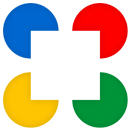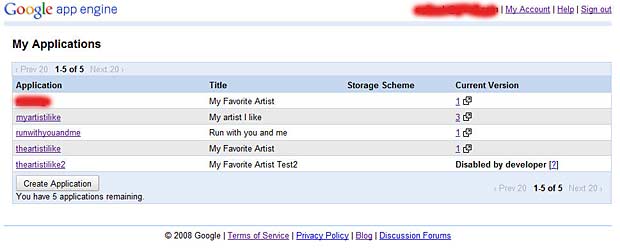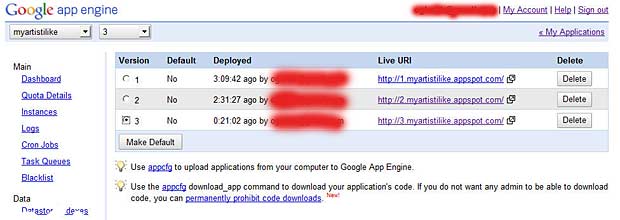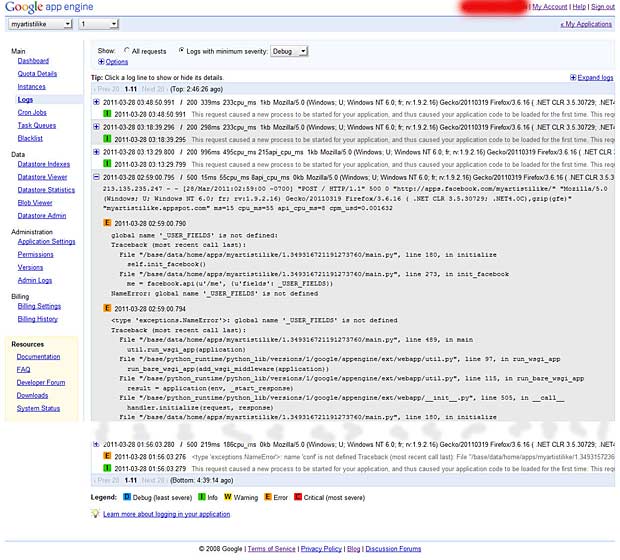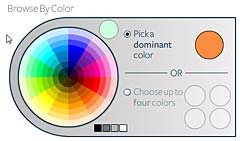Google Web Toolkit (GWT) is a development toolkit for building and optimizing complex browser-based applications. GWT is open source and used by thousands of developers around the world.
Google Doctype is an open encyclopedia and reference library.
The Google Closure Tools help developers to build rich web applications with JavaScript that is both powerful and efficient. The Closure tools include:
- The Closure Compiler compiles JavaScript into compact, optimized and high-performance code
- The Closure Library is a broad, well-tested, modular, server-agnostic and cross-browser JavaScript library.
- The Closure Templates are a client- and server-side templating system that helps developers to dynamically build reusable HTML and UI elements.
- The Closure Stylesheets is an extension to CSS that adds variables, functions, conditionals, and mixins to standard CSS.
- The Closure Linter ensures that all JavaScript code follows the guidelines in the Google JavaScript Style Guide.
- The Closure Inspector is an extension to Firebug, the Firefox debugger extension.
The Google Closure Website provides FAQ’s, a Blog and other resources about Closure tools. The Google Doodle “Happy Holidays 2011”, created by software engineer Nathan Naze, is based on Closure.

